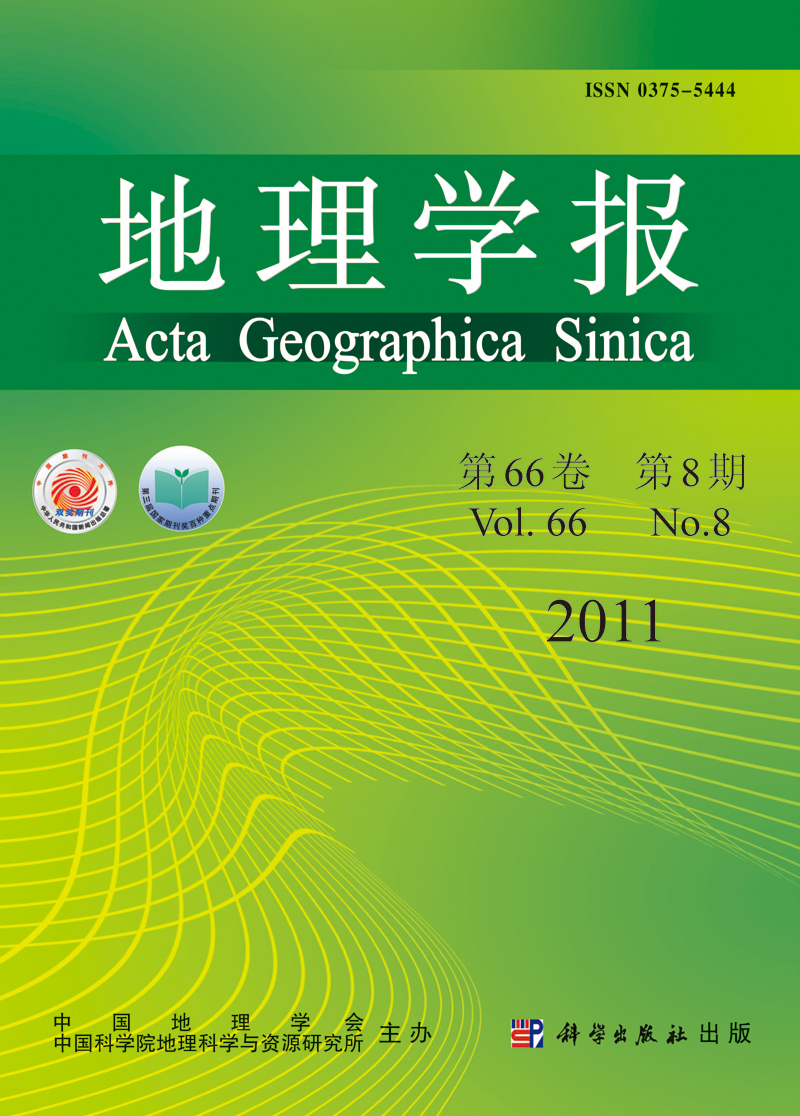WANG Cheng, WANG Liping, LI Xiaoqing, LI Yangbing, SHAO Jing'an, JIANGWei
Farmers' livelihood assets decide their choices of livelihood means and maneuver behavior. The consumption of settlement construction, as one of the main consumption investment of farmers, is enslaved to the quantity of farmers' livelihood assets provided. How to realize rational consumption of settlement construction of farmers based on the investigation of their livelihood assets has become the key to enhancing the efficiency of land resources in rural areas and improving the production and living conditions of farmers. Therefore, by taking Bailin Village in Chongqing city as an example, by the methods of 'PAR (Participatory Rural Appraisal)+3S' and using geo-coordinates as a unique code, this paper did a farmer survey from July to December, 2009, and then set up a 'farmers-land' geo-database to link farmers' attribution and space characteristics of land managed by farmers. Accordingly, this paper, based on the database, constructed the index system to quantize farmers' livelihood assets, then compartmentalized the farmers' styles and analyzed the demand of different farmer's rural settlements, and then realized the integration of farmers' rural settlements. The results indicated that the allocation structures of farmers' livelihood assets differentiated greatly. The livelihood assets of 8% of the farmers preponderated over an average value and 23% at medium level. Meanwhile, mainly based on the natural asset product and accompanied with other assets, the farmers were divided into four types, that is non-agricultural diversification farmer type (31%), part-time development type (23% ), non-agricultural specialization development type (22% ), agricultural diversification development type (16%) and agricultural specialization type (8%). According to different sources of farmers' livelihood together with national and local strategies, the types of farmers' rural settlements, including community type (non-agricultural specialization development type and non-agricultural diversification development type), group type (agricultural specialization development type), service type (agricultural diversification development type) and ribbon-type (part-time development type) , were constructed in the study areas.
